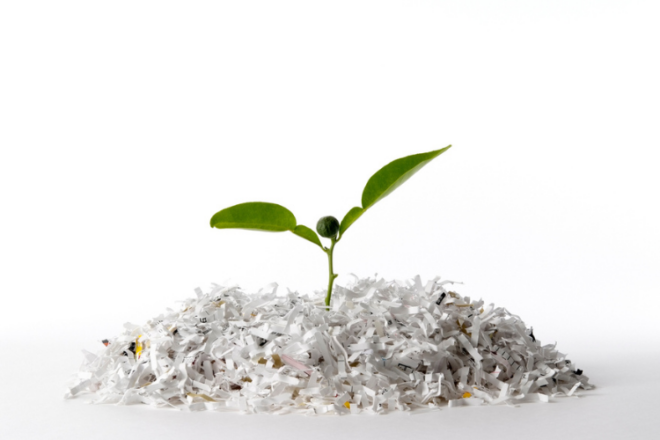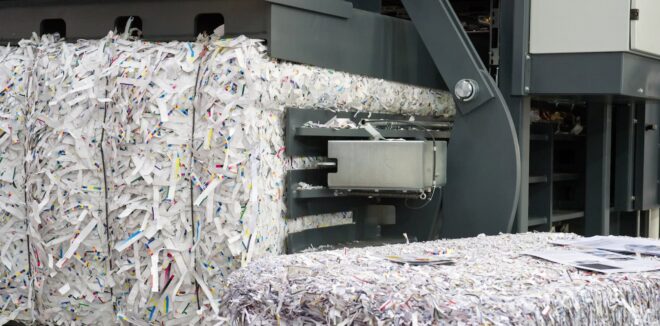In an era where sustainability and environmental consciousness have become increasingly important, businesses in the UK are seeking effective ways to reduce their carbon footprints. While paper shredding is commonly associated with data security, it also offers significant environmental benefits.
In this article, we will explore how paper shredding can contribute to minimizing carbon footprints for businesses in the UK, highlighting its advantages and best practices.

Understanding Carbon Footprints and their Impact
To comprehend the significance of reducing carbon footprints, it’s crucial to first understand what they are. A carbon footprint represents the total greenhouse gas emissions produced by an individual, organisation, or event. By reducing these emissions, businesses can actively contribute to mitigating climate change and preserving the environment for future generations.
The Role of Paper Shredding in Carbon Footprint Reduction

Surprisingly, confidential waste disposal in Bournemouth, or wherever it is your business is located, plays a vital role in lowering carbon footprints. Here are several ways in which it achieves this:
- Waste Reduction: By implementing a paper shredding strategy, businesses can securely dispose of sensitive documents while ensuring proper waste management. This reduces the amount of paper sent to landfills, preventing methane emissions and promoting a more sustainable waste management system.
- Recycling Opportunities: Shredded paper can be recycled into new paper products, extending the life cycle of the material and conserving natural resources. By supporting paper recycling initiatives, businesses can significantly reduce the carbon emissions associated with the production of virgin paper.
- Energy Conservation: Paper recycling consumes less energy compared to manufacturing paper from scratch. By shredding and recycling paper, businesses contribute to energy conservation and the reduction of greenhouse gas emissions produced during paper production processes.
Best Practices for Carbon Footprint Reduction through Paper Shredding:

To maximise the carbon footprint reduction potential, businesses should consider the following best practices when implementing paper shredding strategies:
- Invest in Efficient Shredding Equipment: Utilise high-quality shredding machines capable of processing large quantities of paper efficiently. This ensures that the shredding process is smooth and reduces energy consumption.
- Implement Document Digitisation: Consider digitising documents whenever possible to reduce paper consumption and reliance on physical document storage. Digital files are not only environmentally friendly but also offer convenience and easier accessibility.
- Partner with Certified Shredding Service Providers: Collaborate with reputable shredding service providers who prioritise sustainability and possess proper certifications. These providers follow eco-friendly practices and ensure that shredded paper is recycled effectively.
- Promote Employee Awareness: Educate employees about the importance of paper shredding and its environmental benefits. Encourage them to adopt sustainable practices, such as double-sided printing and using electronic communication whenever feasible.
To Finish
Lowering your carbon footprints is a shared responsibility, and businesses in the UK can make a significant impact by incorporating paper shredding practices into their operations. By reducing waste, promoting recycling, and conserving energy, businesses can actively contribute to a greener future while protecting sensitive information.
Embracing these best practices will not only help companies achieve their sustainability goals but also enhance their reputation and contribute to a healthier planet for generations to come.



